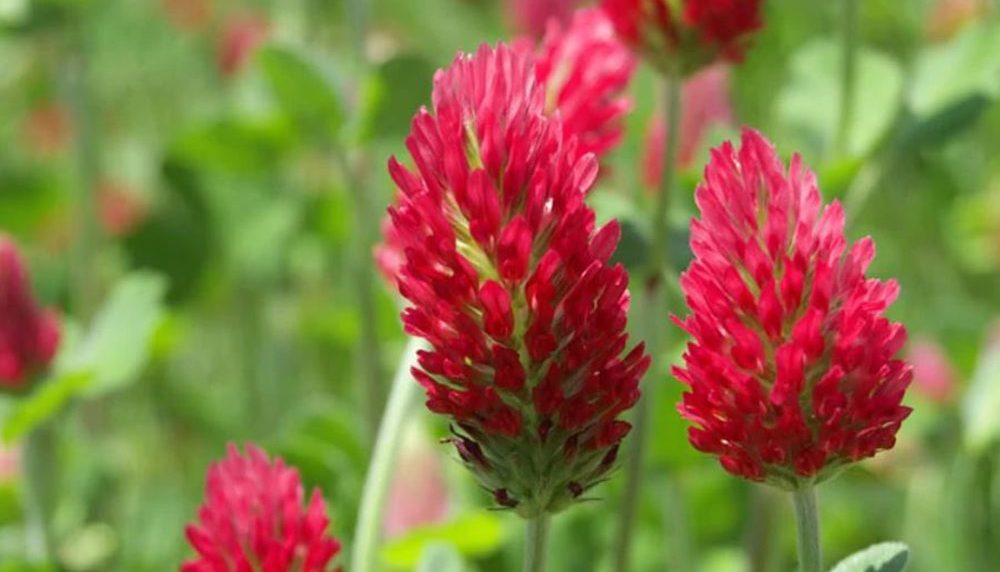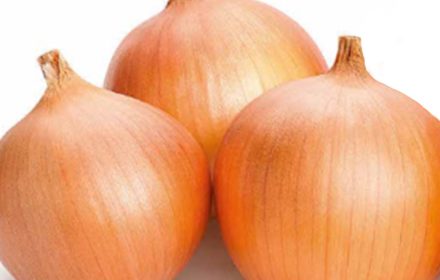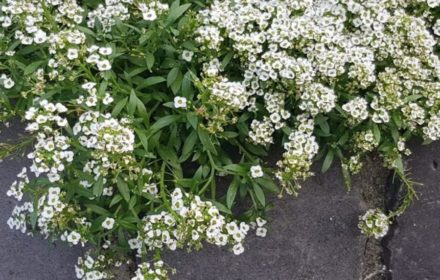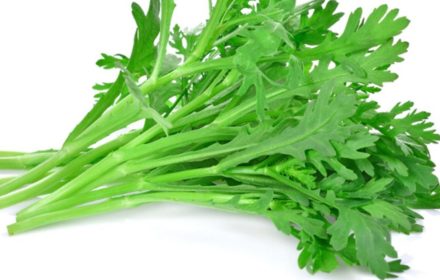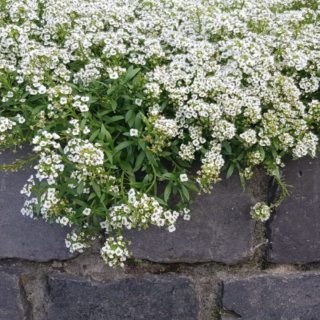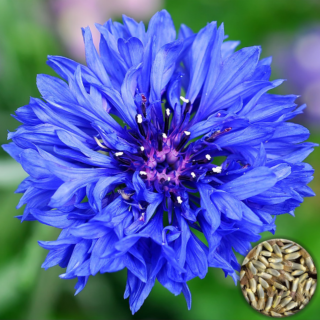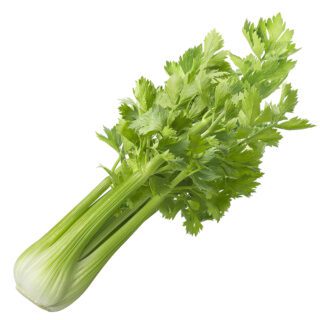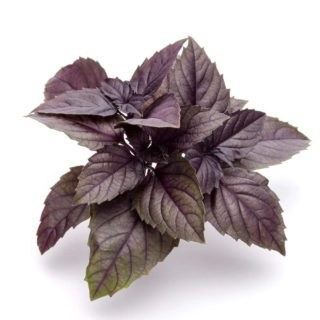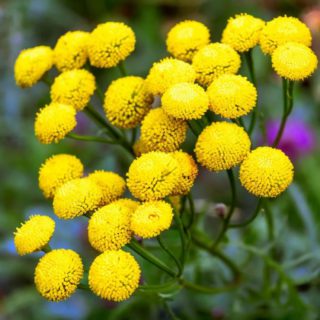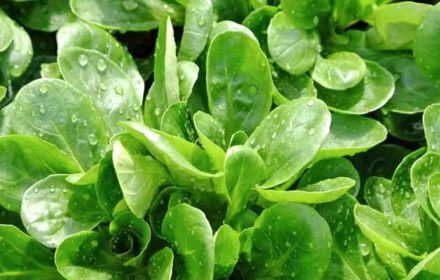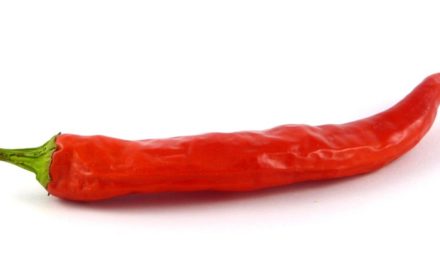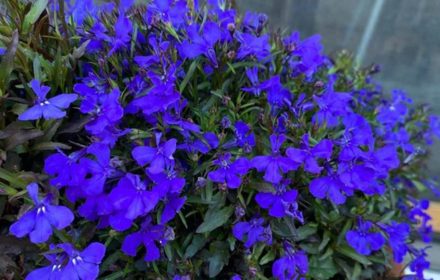How to Sow Wild Italian Crimson Red Clover Seeds in the UK
Wild Italian Crimson Red Clover, native to most of Europe, is a versatile and beneficial plant widely used for nitrogen fixing, weed suppression, and improving soil health. Its deep roots help prevent soil erosion, reduce nutrient runoff, and bring essential minerals closer to the surface. This hardy plant grows up to 50cm tall and thrives in various soil types, making it ideal for gardens, allotments, and farmland.
When to Sow Wild Italian Crimson Red Clover Seeds
- Optimal Sowing Time: Sow seeds directly outdoors from March to August for the best establishment. This timing allows the plants to grow during warmer months and contribute to soil health.
- Indoor Start: While uncommon, clover can be started indoors in seed trays and transplanted once established.
Step-by-Step Guide to Growing Crimson Red Clover from Seed
- Soil Preparation: Choose the right soil. Crimson clover thrives in light to sandy soils but can tolerate various conditions. For heavy soils, improve drainage by adding compost or organic matter.
- Clear the Area: Remove weeds and loosen the soil to create a fine tilth. Rake the soil to ensure even coverage and reduce compaction.
- Sowing Depth: Scatter seeds evenly over the prepared area and lightly rake them in, ensuring they are covered with no more than 1/4 inch (6mm) of soil. Crimson clover seeds require some light for germination.
- Spacing: Aim for even distribution when broadcasting seeds. If sowing in rows, maintain a spacing of 12 inches between rows.
- Watering: Water the soil gently but thoroughly after sowing to settle the seeds and provide moisture for germination.
Germination and Early Care
- Germination Period: Under ideal conditions, seeds germinate within 3-5 days. Ensure the soil temperature remains between 15-20°C (59-68°F) for optimal results.
- Moisture Management: Keep the soil consistently moist but not waterlogged during the germination period and early growth stages.
- Sunlight: Choose a location with full sun or light shade for the best growth.
Post-Germination Care
- Watering: Once established, clover requires minimal watering. Water during dry spells to support vigorous growth.
- Maintenance: If growing as a cover crop, cut back the plants after 60 days to add organic matter back into the soil. Allow the plants to decompose naturally for maximum benefit.
- Self-Seeding: Crimson clover readily self-seeds, making it a low-maintenance addition to your garden.
Benefits of Wild Italian Crimson Red Clover for Soil Health
- Nitrogen Fixation: As a legume, crimson clover captures atmospheric nitrogen, enriching the soil and reducing the need for synthetic fertilizers.
- Weed Suppression: The plant’s thick foliage shades the soil, outcompeting weeds and maintaining a clear garden bed.
- Improved Soil Structure: Deep roots aerate compacted soil, improve drainage, and enhance the overall structure for future plantings.
- Nutrient Recycling: Clover roots draw nutrients from deeper layers of the soil, making them accessible to other plants with shallower roots.
Common Questions About Growing Crimson Red Clover
- Can crimson clover grow in poor soil? Yes, it is tolerant of various soil types, including sandy and moderately poor soils. However, adding compost can improve performance.
- How long does crimson clover take to grow? Crimson clover matures in about 60-70 days, but its benefits as a cover crop can be observed much earlier.
- Can crimson clover be used as a lawn alternative? Yes, its dense foliage and nitrogen-fixing properties make it a sustainable and low-maintenance ground cover option.
By following these steps, you can successfully sow and grow Wild Italian Crimson Red Clover seeds. Whether used as a cover crop, soil enhancer, or pollinator-friendly addition to your garden, this versatile plant is a valuable asset for UK gardeners.

